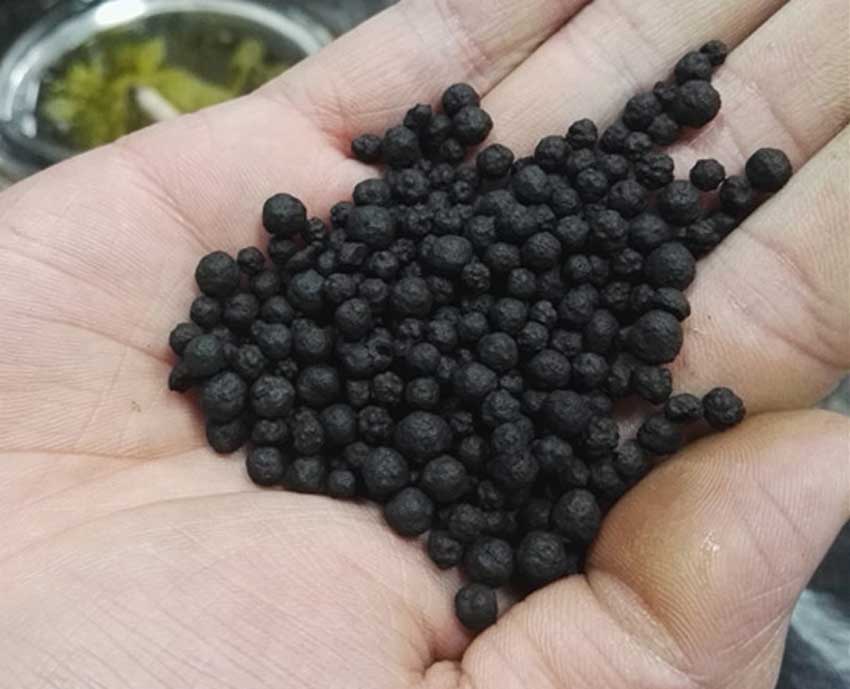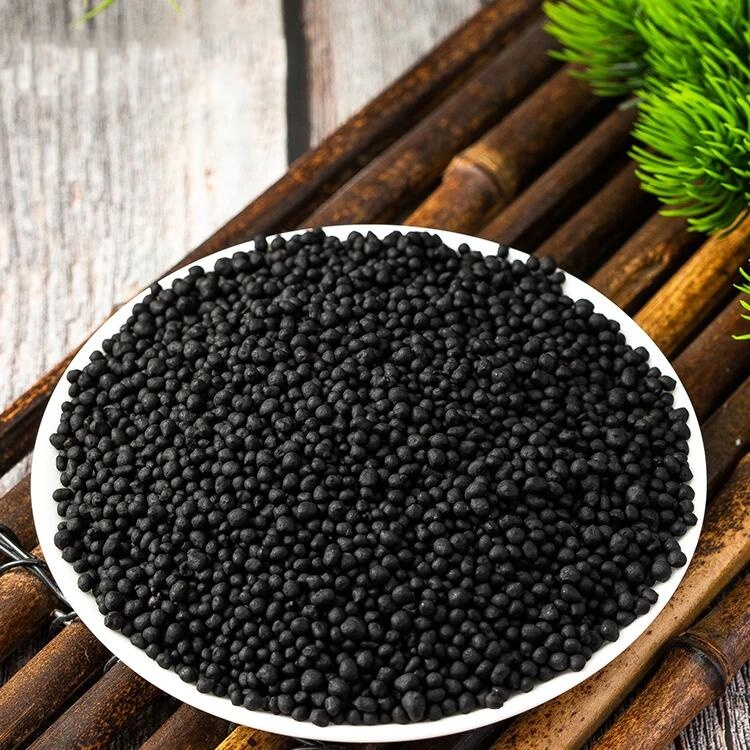Humic acid, as a soil conditioner and part of fertilizer, has been used in agriculture as early as the early 20th century. Although the understanding of humic acid has gradually deepened in the scientific community, it really began to be widely used in agricultural production around the 1960s and 1970s.
In the early days, the use of humic acid was mainly focused on its use as a soil conditioner to help improve the structure and water retention capacity of the soil. With the deepening of research, people have found that humic acid can also improve the nutritional status of the soil and promote plant growth. It promotes the growth of crops through multiple mechanisms such as regulating soil pH, increasing the activity of beneficial microorganisms, and improving the absorption rate of nutrients.
In modern agriculture, humic acid is not only used as a soil conditioner, but also used in liquid fertilizers and microbial fertilizers, becoming one of the key components for improving soil quality and crop yields.



